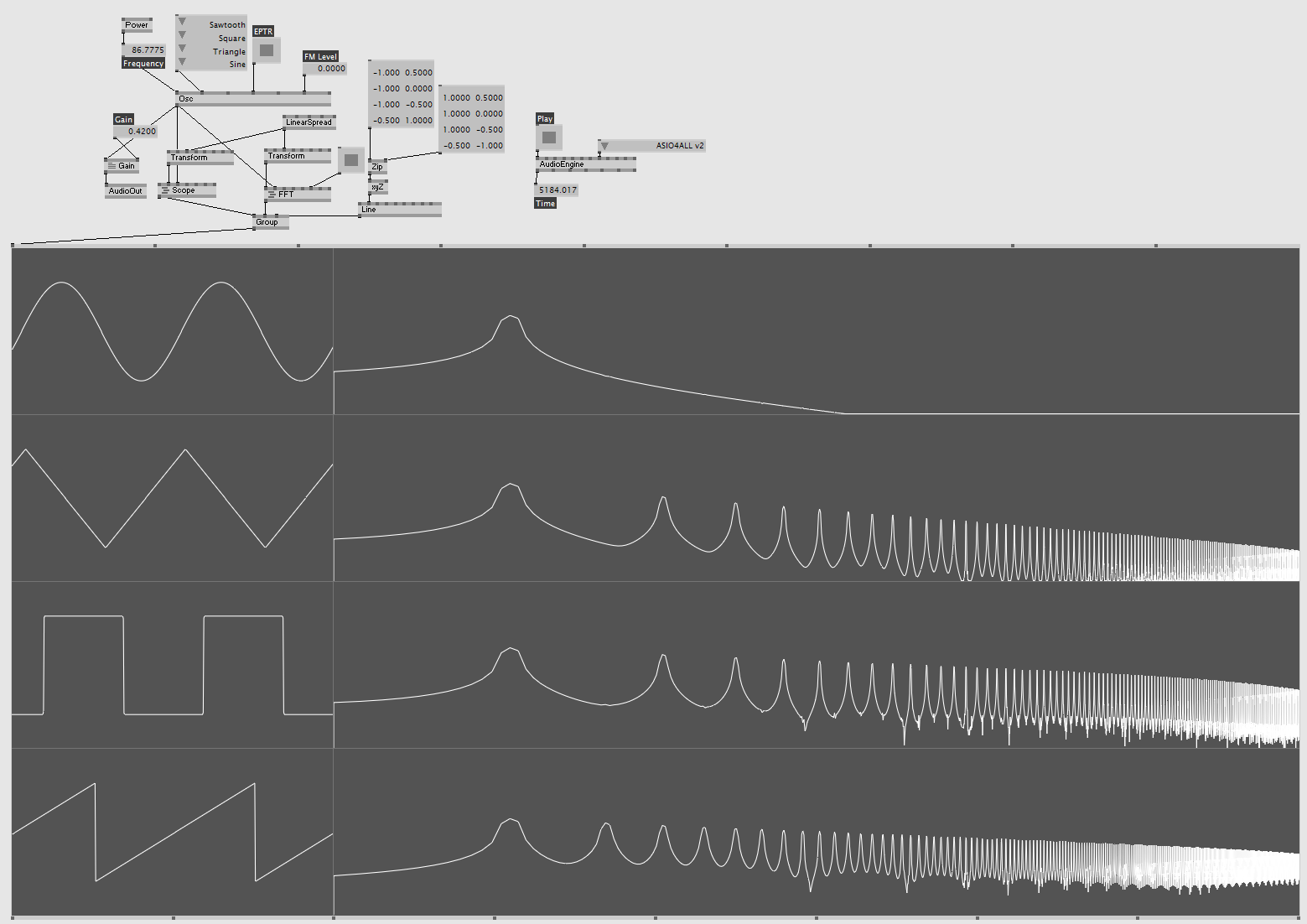Because Mr. E. M. "Yofiel" was banned for life in 2013 when he threatened other people here?tonfilm wrote:thanks, this thread was very informative. but why is the author banned!?
On the other hand, I wouldn't have anything against him if he came back and talked strictly and only about technical stuff as his Reaktor creations were quite innovative many years ago...


















